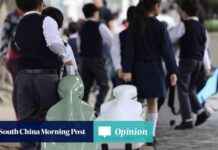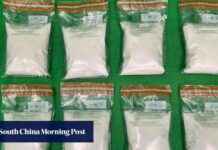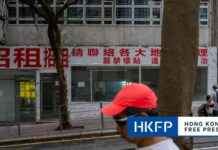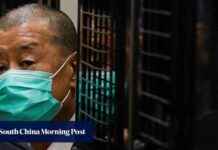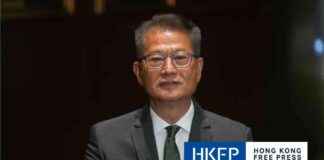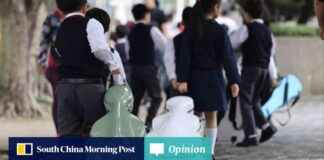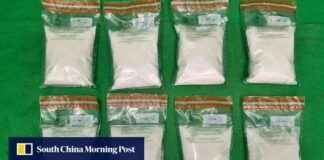In Zhuhai, China, a tragic incident occurred on Monday night when a man drove his car into pedestrians near a sports center, resulting in the death of at least 35 people and injuring many more. While initial reports only mentioned injuries, it took nearly 24 hours for officials to confirm the extent of the casualties, making it one of the deadliest incidents in the country in recent years.
The aftermath of the crash was captured in videos and photos that circulated on social media, but soon after, they were swiftly removed from platforms like Weibo and Xiaohongshu. This censorship is part of China’s strict control over sensitive information, where content deemed inappropriate or damaging is quickly scrubbed from public view.
Chinese authorities initially delayed disclosing the number of deaths, waiting almost a full day before confirming the 35 fatalities. This delay sparked a surge of online discussions, with the hashtag “Man in Zhuhai rammed the crowd causing 35 deaths” becoming a top trending topic on Weibo within hours.
The timing of the incident, on the eve of China’s largest airshow in the same city, raised questions about the state media’s coverage priorities. While the airshow was extensively promoted, the coverage of the tragic event was notably subdued, with state-backed newspapers like the Global Times relegating the story to page 3 while highlighting fighter jets on the front page.
State media outlets in China often reflect the government’s narrative, focusing on President Xi Jinping’s directives to address the injuries and punish the perpetrator. The limited coverage on flagship news programs like Xinwen Lianbo underscored the controlled dissemination of information to the public.
On the ground in Zhuhai, AFP reporters witnessed conflicting responses to the tragedy. While some individuals paid tribute to the victims with flowers and candles, others were swiftly ordered to remove the memorial by cleaning staff, citing instructions from higher authorities. Security measures were also enforced to prevent filming at the site, highlighting the tight control over information flow.
This incident in Zhuhai is not an isolated case of information suppression in China. The country has a history of restricting news coverage, leading to delays in responding to crises such as the contaminated milk scandal in 2008 and the mishandling of the initial response to the Covid-19 outbreak.
The censorship and control over information in China continue to be a point of contention, raising concerns about transparency and accountability in the face of tragedies. As the country grapples with the aftermath of the deadly car attack in Zhuhai, the role of media freedom and public access to information remains a critical issue in the pursuit of truth and justice.





